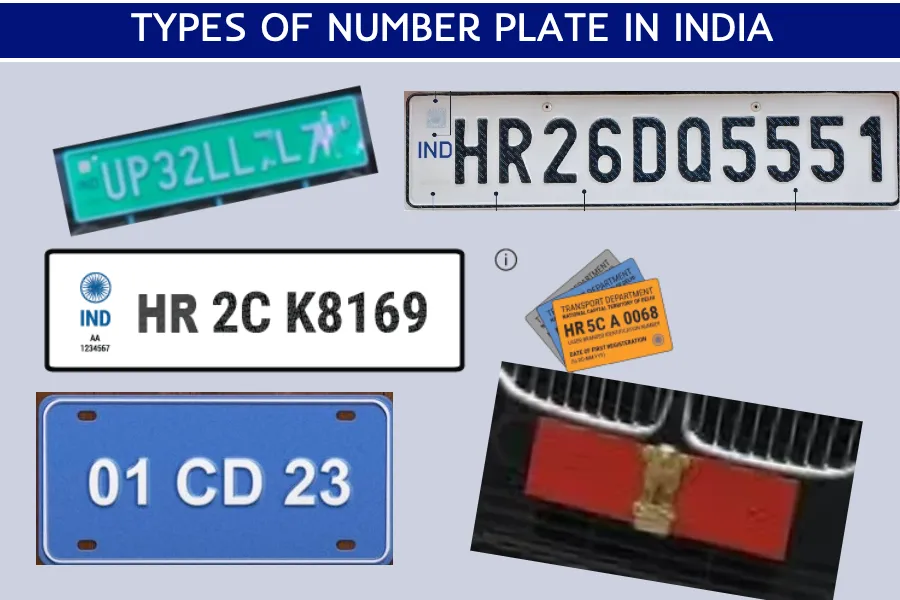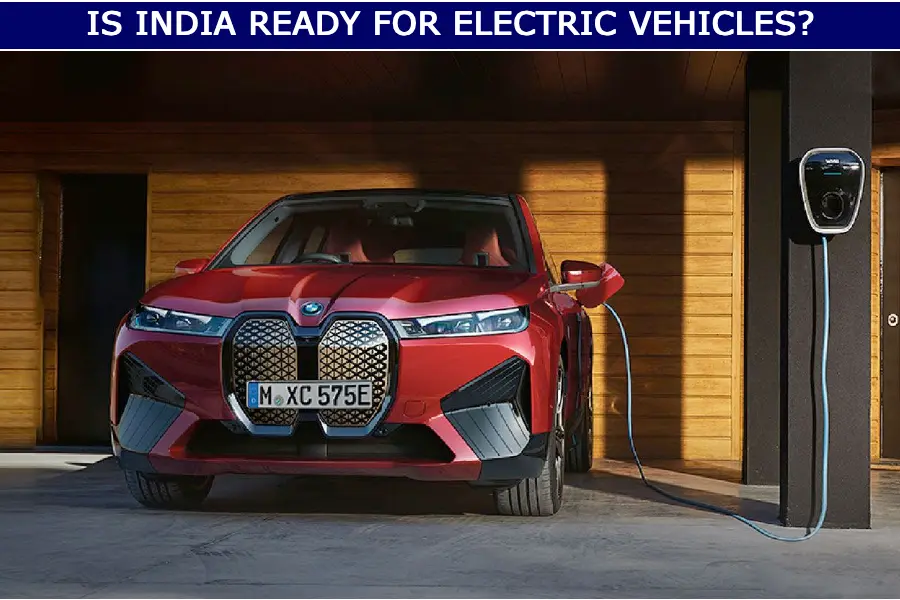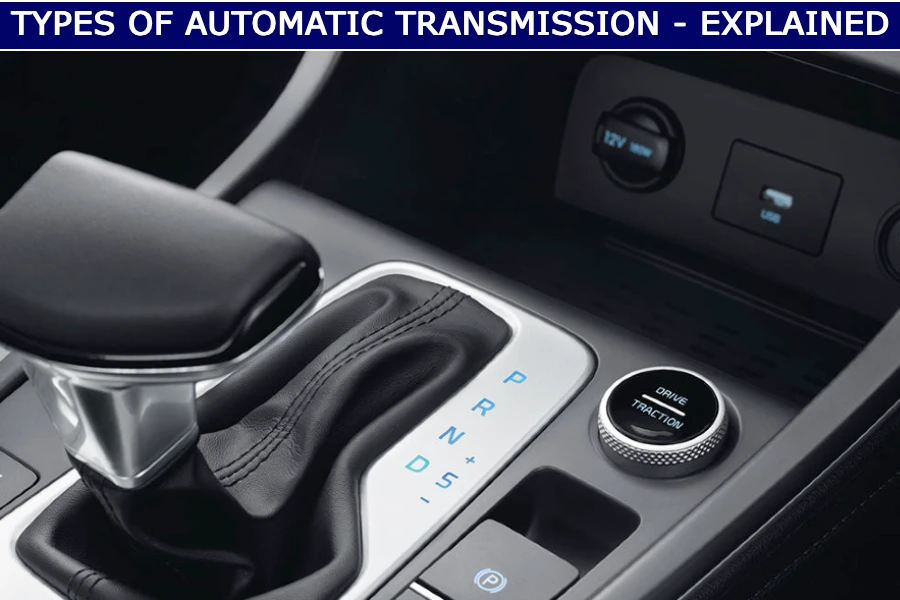High Security Registration Plates- Explained!
All vehicles plying on Indian roads are required to be registered with the RTO and bear a registration plate (license plate or number plate) as per The Motor Vehicles Act, 1988. To curb vehicle thefts and crimes as well as tampering and use of fake registrations, the government introduced the HSRP or High Registration Security […]
High Security Registration Plates- Explained! Read More »




